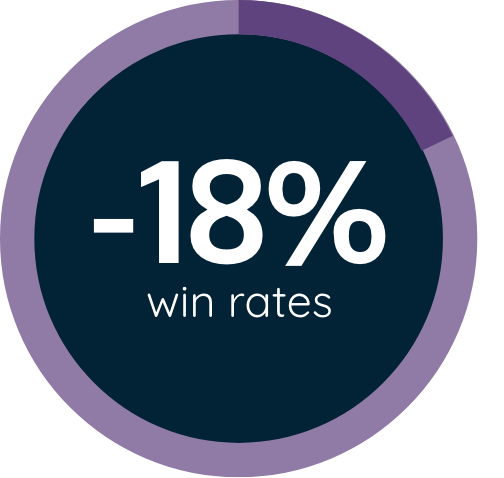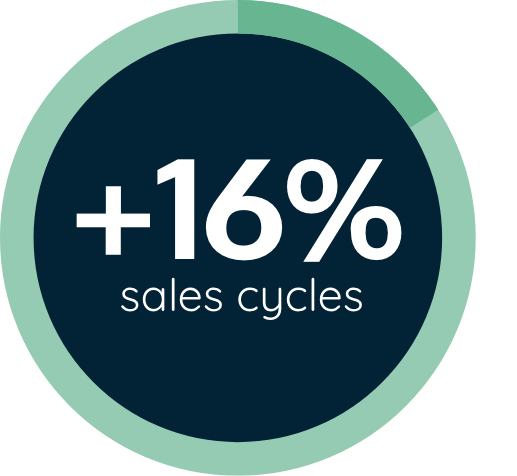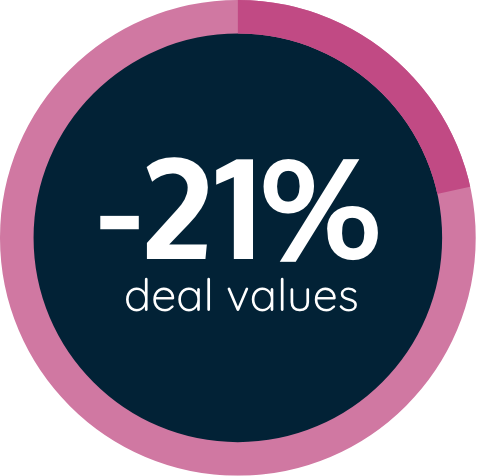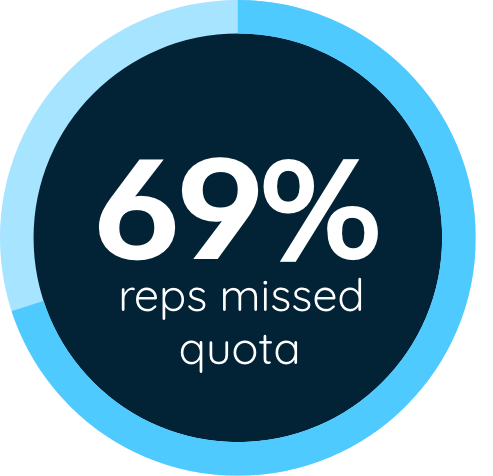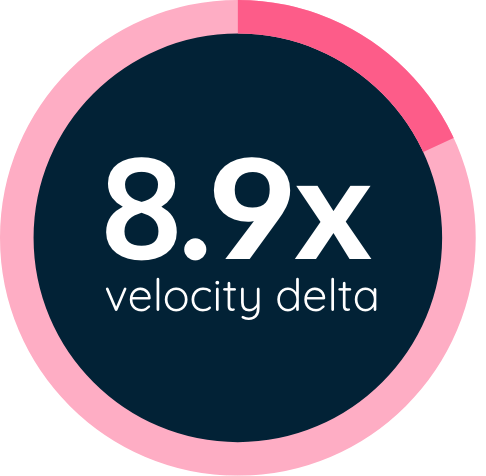2024
B2B Sales Benchmarks
Reveal the attributes of top performers according to analysis of $54bn in revenue

What We Analyzed
4.2 Million
Opportunities
$54 Billion
Revenue
530
Of the world's best
performing companies
1 Million+
Hours of conversations
State of B2B Sales in 2024
